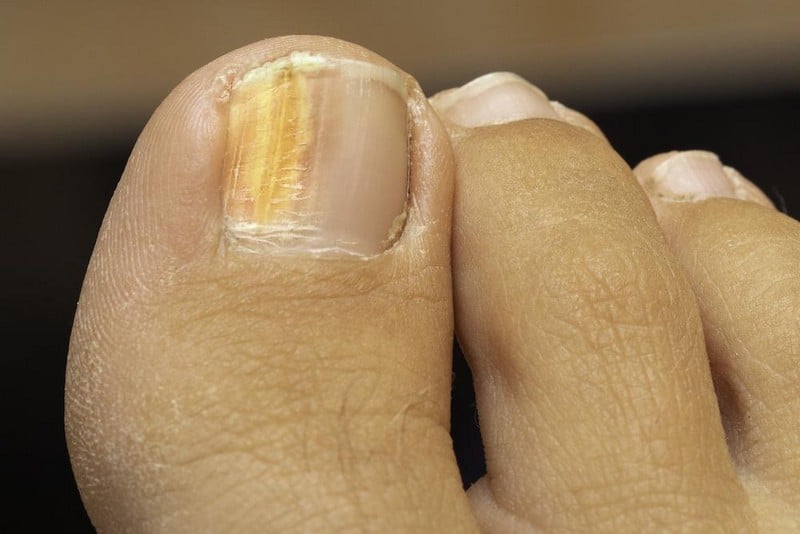Epidermophyton Floccosum

Fungal infections such as tinea pedis and onychomycosis are caused by Epidermophyton floccosum, an anthropophilic dermatophyte. E. floccosum is a dermatophyte that lives on human skin and is responsible for many fungal infections. The genus Epidermophyton contains only one species, E. floccosum. It is distinguished from the other two genera, Microsporum and Trichophyton, by the lack of microconidia and the presence of shorter, wider, smoother macroconidia.
Carl Otto Harz, in 1870, first described Acrothecium floccosum, the original name for E. floccosum that he had isolated from a patient with tinea cruris in Germany. Currently, it is the third leading cause of fungal infections globally. It is prevalent in warm climates, especially in tropical and subtropic countries. Towels, blankets, sheets, shoes, and other clothes may harbor the fungus for years. Contact between infected people is the most prevalent means of transmission.
These pathogens often infect humans via microscopic wounds or crevices between the nail and nail bed. When the nail is heated and wet enough, the fungus may thrive.
Infections often manifest as a thickening, brittleness, crumbling, ragged, deformed, dull, darker, or yellowish nail color. Onycholysis is another possible complication in which diseased nails detach from the nail bed. It can also lead to an unpleasant odor.










